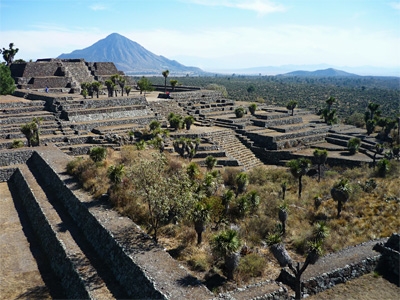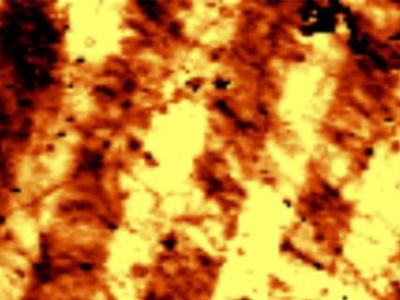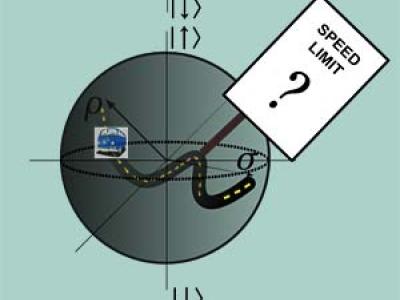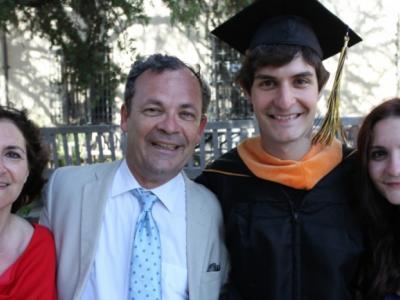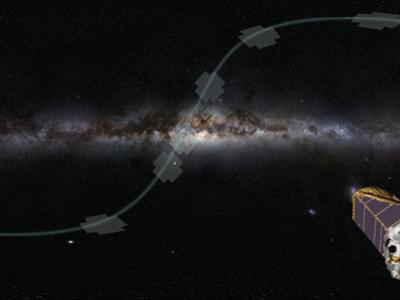Quantum computer as detector shows space is not squeezed
UC Berkeley physicists used partially entangled atoms identical to the qubits in a quantum computer to demonstrate more precisely than ever before – to one part in a billion billion – that space is uniform in all directions and not squeezed.


